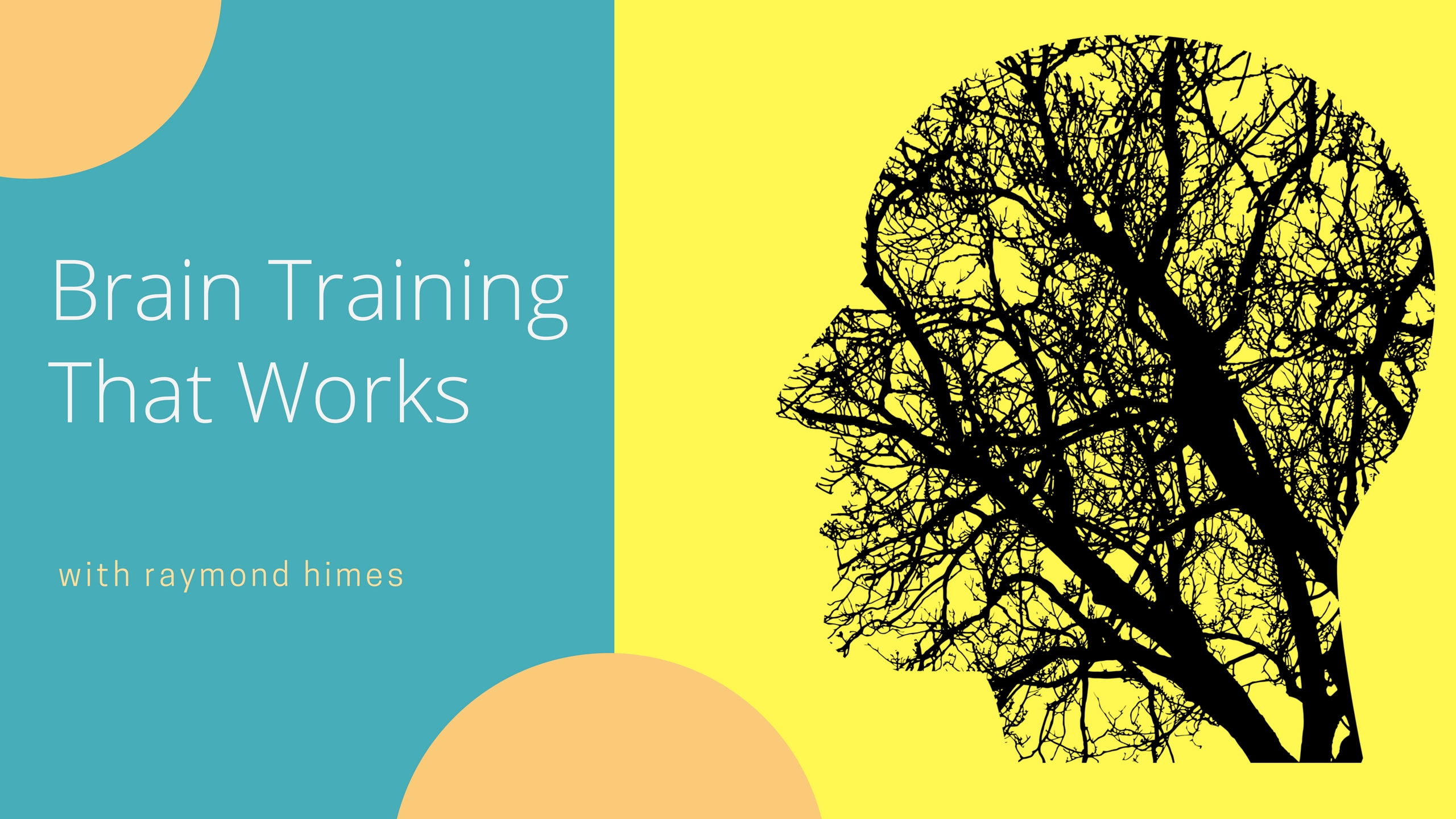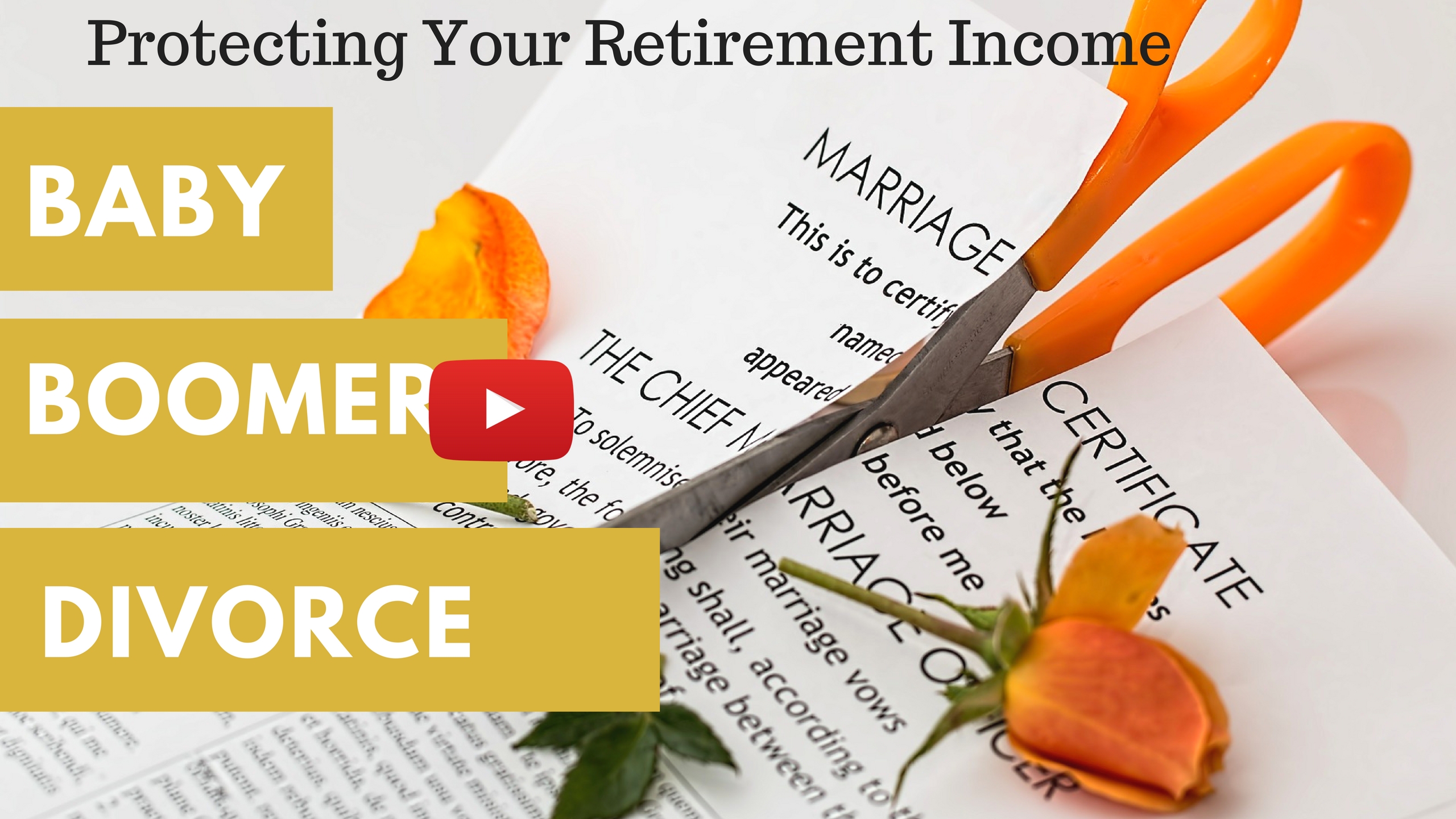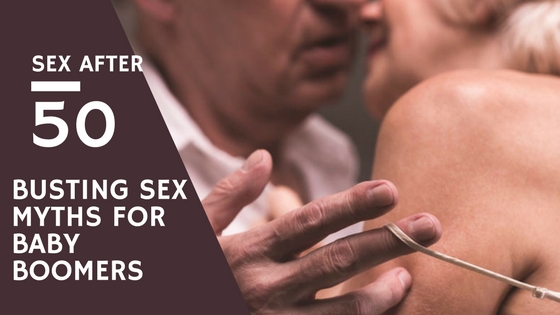Seven Tips for Falls Prevention
By Mazy Holiday, CEO and Founder, iStand
The importance of falls prevention for aging adults cannot be underscored. Falls are the number one cause of injury-related deaths for seniors and a leading cause of both fatal and non-fatal injuries for older individuals. According to the National Council on Aging (NCOA), one out of every four Americans aged 65 and older falls every year. The risk of falling threatens seniors’ health, safety and even independence, and can be costly to both patient and caregiver. And, while most elderly falls happen in women over the age of 65, others are at risk as well, such as Parkinson’s patients, stroke victims and others with neurological disorders.
According to the U.S. Centers for Disease Control and Prevention:
- One in four Americans aged 65+ falls each year.
- Every 11 seconds, an older adult is treated in the emergency room for a fall; every 19 minutes, an older adult dies from a fall.
- Falls are the leading cause of fatal injury and the most common cause of nonfatal trauma-related hospital admissions among older adults.
- Falls result in more than 2.8 million injuries treated in emergency departments annually, including over 800,000 hospitalizations and more than 27,000 deaths.
- In 2014, the total cost of fall injuries was $31 billion.
- The financial toll for older adult falls is expected to increase as the population ages and may reach $67.7 billion by 2020.
Understanding the factors that increase risk can help the elderly and their family caregivers take precautions to keep safe on their feet. While no nationwide falls prevention program currently exists, many organizations provide insight into how to avoid falls. Education is just as important as prevention. Based on my iStand Falls Prevention® Exercise Program, an evidence-based exercise routine to help millions of seniors who are at risk or experience life-threatening falls every year, here are some of my top recommendations for minimizing such risk.
-
Balance Exercises
these are typically focused on muscles that you don’t use on a daily basis. For example, Tai Chi can improve balance, reduce pain, and improve quality of life. Harvard Medical School indicates that there is growing evidence that this mind-body practice, which originated in China as a martial art, has value in treating or preventing many health problems. You can get started even if you aren’t in top shape or the best of health. There are many great online videos that can help teach the practice, including this one to practice Tai Chi in just five minutes per day.
-
Vision Check
it’s easy to find eye charts online to test your vision at home in between doctor appointments. Regular eye appointments with an optometrist are also important.
-
Medication Review
Taking multiple medications increases the risk of medication interactions and falling. As just over 40 percent of seniors take at least five drugs per week, according to Merck, it’s vital to ensure all drug interactions are approved by a physician, and that none are causing dizziness, low blood pressure or drowsiness. Be sure to ask your doctor to check medications and provide a full list of those you are taking, including supplements and over the counter medications.
-
Take a Timed Up and Go (TUG) Test
this is a simple test that can determine fall risk and measure the progress of balance, sit to stand, and walking. It is used to assess a person’s mobility and requires both static and dynamic balance. Be sure to take the test with someone else present. You can find free tests online – for example, the CDC provides a clear check list to take the test.
-
Environment Check and Home Modification
A variety of elements can cause falls, including loose rugs, slick floors, dim lighting, clutter or even unattended home repairs. Indoor falls can be prevented by ensuring clear and free pathways in the home, loose throw rugs are replaced or taped to the floor, bright lighting, and organized spaces. Outdoors, patios and pathways should be checked to ensure there are no loose stones or obstructions, outdoor furniture should be checked for stability, and proper safeguards are taken in severe weather such as rain or snow. There are actually home modification experts that help people to change their environment and “age in place” – that is, modify their environment to accommodate the changing needs of the elderly or disabled. Home modifications can be as simple as changing water faucet handles from knobs to levers or as comprehensive as the construction of moving living space from two floors to one.
-
Self-Balance Test
While it’s important to ask your physician for a regular balance screening test, there are a plethora of home tests also available online. How one maintains balance is a complex process that relies on information from senses and coordinated movements from different parts of the body. Be sure to have a caregiver or family member present for any physical aspect of the test, and share results with your caregiver or physician if they show a need for further balance and gait evaluation and training.
-
Consistent Exercise
regular exercise is of course, the key to a healthy life in general, but also vital in helping to maintain balance. Many older people become less active as they age, which can lead to Leg Strengthening exercises should be a core component. Walking is a simple exercise that can help improve and maintain balance. Check with your doctor before starting any new exercise program and always walk with a partner.
Overall, as we age our equilibrium and coordination become less, and falling is a side effect of that. It’s crucial to recognize the many facets within our control to avoid falls. Once one understands where to focus for prevention, risk is reduced. Both aging individuals and their caregivers should take precautions and practice these tips on a regular basis to avoid falls and the numerous injuries that they can cause. With a little preparation and diligence, falls can be avoided.
problem with coordination between equilibrium and movement
BIO: Creator, inventor, and product developer Mazy Holiday is best known for her creation of the iStand Walking Cane.
A native of Arkansas, Holiday grew up on a quiet farm with her family. Recognizing her industrious nature, Holiday’s father taught her several trade jobs that would contribute both to her work on the farm, working construction at the Guggenheim, and later in her career as a designer and builder. She received her undergraduate education in sculpture at Arkansas State University where her father worked as a professor of Chemistry. Soon after, Holiday attended a top-ten master’s program at SVA in the fine art capital of New York City. Holiday worked as an artist in college, and alongside art sketches were drawings of useful inventions that she would never build.
After designing a handful of viable products, Holiday began laying the groundwork to build a team that could bring these life-changing products to market. She designed the walking cane specifically for individuals with joint pain, but this soon evolved into an affordable tech product that could help older people and their families. Holiday, who calls herself a “builder” not an inventor, bases all her products and designs on personal experience and is inspired by everyday needs of those around her.
###
Mazy Holiday’s mission is to create life-saving devices and wearables for seniors and their families for generations to come. To learn more about iStand™ Walking Cane with FindMyCane™, go to www.iStandToday.com.
Category: Articles, Blog, Senior Health




































